First-time domestic visitors to outlets have seen modest growth of 5% per year over the last four years and this has been driven by the rise in retail park style shopping and younger families moving out of cities into the suburbs and changing their shopping habits accordingly.
This can be explained by the general acceptance that outlet shopping is now more than a trawl through clearance stores and the bar has been raised in terms of the overall offer and experience. Increased investment in events and entertainment are also helping to convert more footfall, with consumers increasingly likely to consider visiting outlet schemes when choosing where to shop.
At the other end of the scale the most frequent visitors are what Realm calls Uber Shoppers, who visit at least twice a month. There were swathes of people who adopted a post-recession shift in their shopping habits in search of Value. These were dominated by visits from people within the immediate catchment at the less affluent end of the demographic scale. Recently this group has reduced visitation by as much as 15% as their circumstances have improved, however, future economic challenges that restrict available household spend are likely to see consumers readopt these shopping characteristics.
The most promising sign of visitation growth in the last few years is a 10% increase in the Infrequent Shopper turning into an Occasional Shopper. The Occasional Shopper typically visits three to 11 times per year. These shoppers see a blurring of the lines between an outlet and a full price shopping centre and as outlet centre products, shop fit and ambience have improved the appeal, this core group appear to be increasingly satisfied by their visits.
Increased satisfaction is driving repeat visits and this broad group of shoppers typically account for 45% of total footfall to a scheme. Even if people are unsuccessful in their shopping trips and only able to buy a few of the things they wanted, the environment and expectation combine to provide a sense of fulfilment.
This is a quirk of leisure and destination shopping, the prime motivation is not necessarily to tick off 10 things on a shopping list, but it is less functional and a more holistic experience.
Spend has increased
Realm have recorded significant growth in shopper spend in the schemes they manage during the last five years. Average Transaction Value (ATV) has increased 10% since 2012 and in 2016 was £16.52. However, with ATV recorded between £15–£25 it is clear that spend levels fluctuate quite significantly by location.
Average total trip spend has also increased. Spend is up 42% since 2012, a rise from £51 to £72.50, but has increased by as much as 50%. Several schemes are now reaching £90–£100 average total spend. Spend levels are anticipated to be even higher in the most premium schemes, such as Bicester Village, which has a considerable draw to affluent foreign visitors.
.png)
.png)
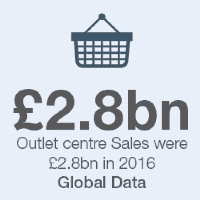
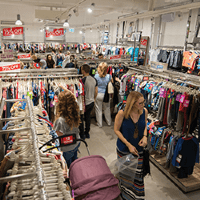
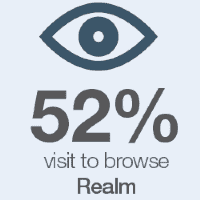
.png)
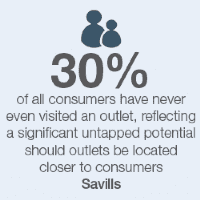
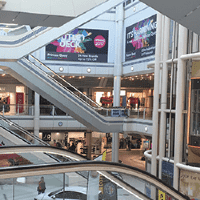


.png)